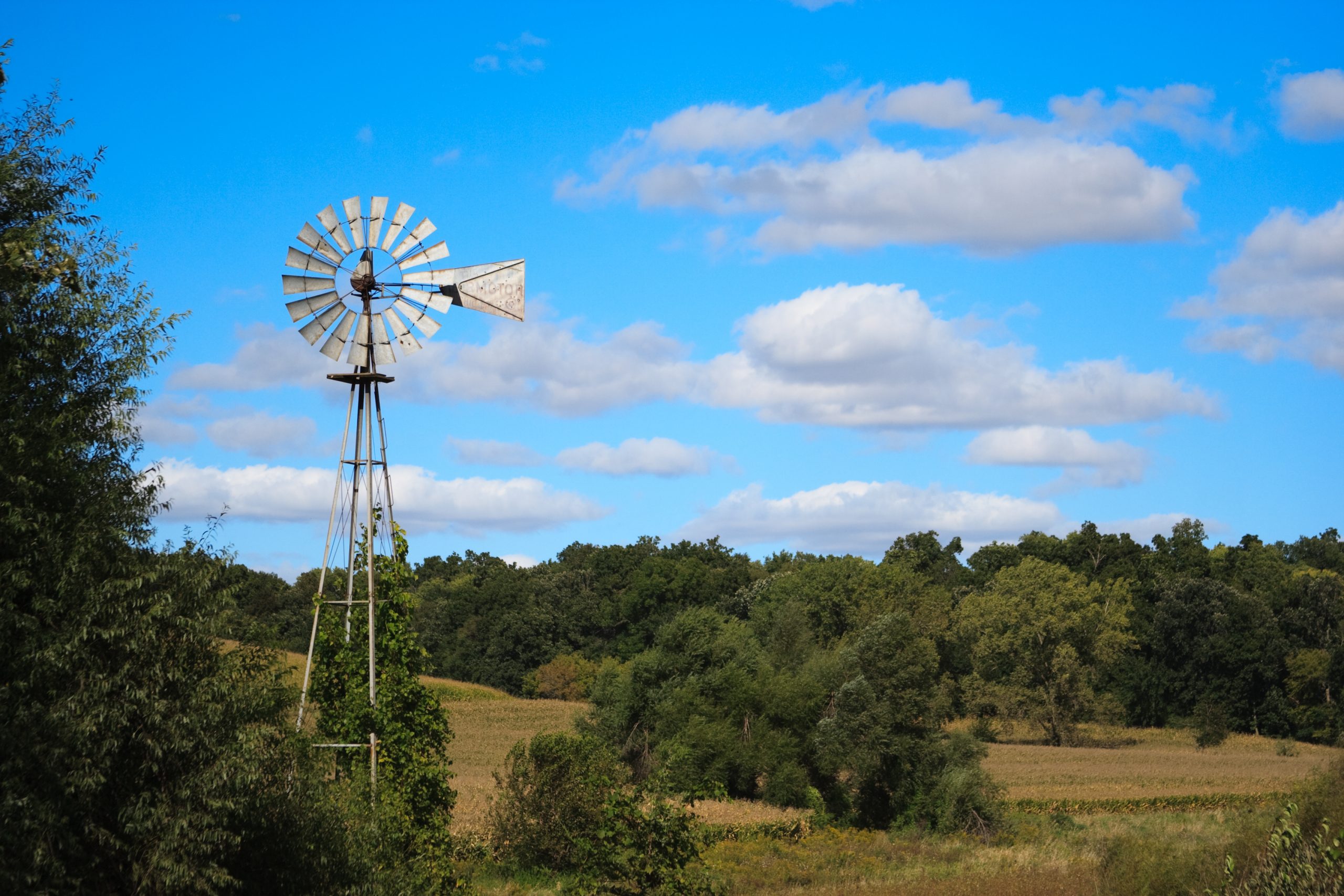Iowa Honey Bouncing Back in Style
April 06, 2016
Bee Colony Collapse, Honey, Honey Bees
At the national level, beekeepers from all across the country have been reporting declines in the honey yields they can attain from their honeybee colonies. Even further, more reports of colony collapse disorder keep pouring in, with worker bees disappearing without a trace and leaving their queen behind and entomologists not understanding the nature of the disappearances or what caused them to happen. With this shortage, the national average price of honey has increased, and it has many researchers worried about the fate of the honeybees as pollinators, food suppliers, and irreplaceable parts of our ecosystem.
While it may seem there is no upside within such a pattern, not every state is reporting losses in honey or honeybees. In fact, the state of Iowa is reporting that 2015 saw honey production rise 20 percent after disastrous yields the previous year. In a time of collapsing colonies and disappearing bees, the number of honey producing colonies in Iowa rose from 35,000 in 2014 to 36,000 in 2015, leading to a total of 1.8 million pounds of honey over the mere 1.51 million pounds yielded in 2014. For one colony, most beekeepers reported 50 pounds per colony for the entire year—considering beekeepers are sometimes lucky to grab a couple ounces a day during honey season, this is impressive, enough to drive consumer prices down.
Andrew Joseph, an Iowa state apiarist and bee expert, explained why honeybee populations did so well this past year and what positive factors made it happen. “It was cool, there was plenty of sun, and that kept the bees going,” Joseph said. “It wasn’t very stressful on them as organisms. The incidence of disease was also much lower than in a typical year.” Even further, 2015’s weather conditions kept flowers and clover in bloom much longer than usual, with some plants staying in bloom all the way through August, which is almost unheard of. “There was lots of forage around for bees, which gave the colonies a boosts in terms of what was available to them.”
Iowa’s luck—as well as many other areas in the Midwest—appears to be continuing into 2016. Specifically, the winter of 2015 was much shorter and did not have extended cold periods. “We’re off to an early start, and that can be encouraging,” Joseph said. “The honeybees…have already started bringing in some pollens.” This early start means that colonies and their bees will brood up faster and develop a stronger, larger work force, which only promises greater rises in honey yields and honeybee survival.
With the elements coming together in Iowa, there’s a good chance of such fortune being contagious, and hopefully more states will report more positive news as the weather improves and researchers discover more solutions for colony losses.


.jpg)




